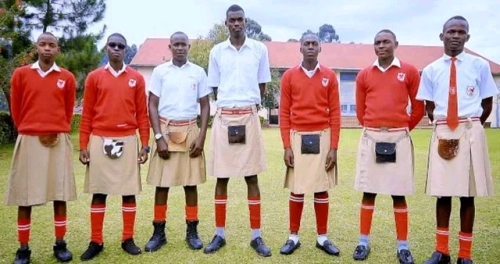ReligionNews And PoliticsLifetipsRelationshipsNewsBusiness And MoneyHistoryComedyMotivationalsRelationship And MarriageCelebrityStoriesHealth And LifestylePoliticsMotivationEducationLawFamilySports And FitnessHealthCommunications And EntertainmentIT And Computer SciencePrinciplesAnimalsLifestyleScience And TechnologyNatureOthersKitchenMenPoemsGeneralAgricultureMarriageQuestions And AnswersQuestions AnsweredSocial SciencesSecuritySportsSpiritualityArtsVehicles And MobilityGive HelpHandiworksChildrenScience
gale2626
Business Person : I'm A Town Planner By Qualification, Self Employed And A Blog Writer, Love Esthetics, Reading And Sports. And I'm Also Single In Case You Crush On Me, Just Say It...
Wants to meet A Spouse : Open To Meeting New Friends And Someone Special To Be With
Articles
396
Followers
60
Connect with me
profile/8055FB_IMG_15961823052589134.jpg
Gale2626

Philosophy
Human Beings Are Of Four Types
~0.5 mins read
Human Beings Are Of Four Types
1. A man who knows, and knows that he knows. This is the scholar, so take and patiently learn from him.
2. A man who knows, but does not know that he knows. This one has forgotten, so quietly remind him.
3. A man who does not know, and knows that he does not know. This one is a student, so teach him continuously because he will be a great scholar one day.
4. A man who does not know, and does not know that he does not know and isn’t even interested in knowing. This one is an idiot, so reject him".
profile/8055FB_IMG_15961823052589134.jpg
Gale2626

The Only School In Africa Where Boys Strictly Wear Skirts As School Uniform
~1.1 mins read
The appearance of male students at a school in Uganda wearing skirts as part of the required attire sparked discussions on social media. People have been wondering why male students at Nyakasura School, a mixed boarding and day high school in Uganda's Western region, are wearing skirts against the norm.
The school was founded in 1926 by a Scottish missionary called Lieutenant-Commander Ernest William Eborhard Calwell Following this, Nyakasura School adopted the uniform as the school Scottish missionary Calwell was from Scotland and wanted to influence them.
The school principal has however come out to clear the air around the conversation, saying that people are misapprehensions the concept behind their school attire. He said that the skirt-like attire is actually a kilt, a traditional attire worn by Scottish men.
Mr Manyindo emphasized the students’ love for their uniforms so much because it makes them unique despite the mockery from the community. Being a mixed school , many people claim they find it hard to differentiate between boys and girls when visiting the school for the first time.
The majority indicated that they are always insulted and criticized by students from other schools for wearing ‘girls’ uniform , but to them, there is nothing wrong with the attire.
As a Ghanaian can you wear skirt to school and why are they still adopting Scottish culture after many years of independence. Why is Africa still not totally free from their colonials after gaining independence they still practice another man's culture in their country.
Advertisement

Link socials
Matches
Loading...
